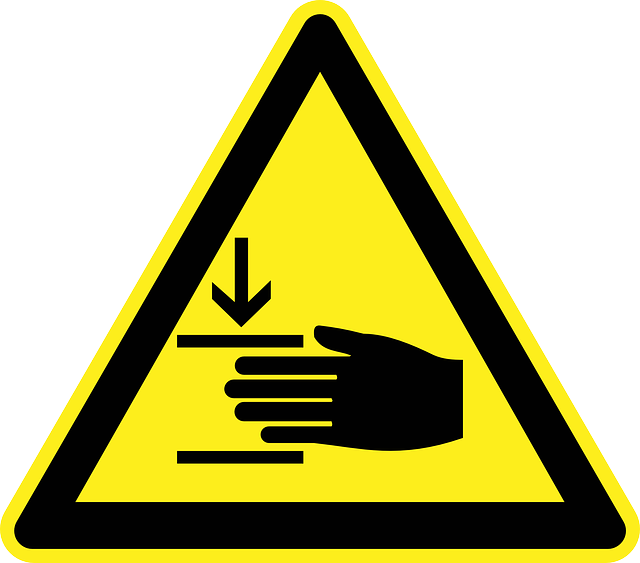Unraveling Dog Bite Insurance Claims: Compensation You May Be Entitled To

Dog bite victims can secure compensation through a structured insurance claims process, addressing m…….
In an increasingly interconnected world, the topic of dog bite insurance claims has gained significant prominence. This comprehensive article delves into the intricate details of dog bite insurance claims, exploring their definition, global impact, economic implications, technological advancements, regulatory frameworks, challenges, and future prospects. By understanding this complex issue, individuals, businesses, and policymakers can better navigate liability, ensure fair compensation, and foster responsible pet ownership.
A dog bite insurance claim refers to a legal process through which victims of dog bites seek financial compensation from the pet owner or their insurance provider. These claims encompass medical expenses, pain and suffering, loss of wages, and potential permanent disability benefits. The core components include:
The concept of dog bite insurance claims has evolved over time, reflecting societal changes in pet ownership and liability laws. Historically:
Dog bite insurance claims are a global phenomenon, but their impact varies significantly across regions due to differing legal frameworks and cultural attitudes towards pet ownership. Key trends include:
The dog bite insurance market is a niche segment within the broader pet insurance industry. Key dynamics include:
| Factor | Impact |
|---|---|
| Growing Pet Ownership | Increases demand for pet insurance, including dog bite coverage. |
| Legal Landscape | Strict liability laws drive claim volume and policy pricing. |
| Technological Advancements | Streamlined claims processing reduces administrative costs. |
Insurance companies invest in:
The rise of telemedicine allows victims to receive initial medical advice and claim assessments remotely, enhancing accessibility and speed of service. Benefits include:
Advanced analytics and machine learning algorithms enable insurers to:
Dog bite insurance claims are governed by a mix of:
Regulatory frameworks significantly shape the dog bite insurance market by:
Despite its benefits, the dog bite insurance claim process faces several challenges:
Addressing these challenges requires a multi-faceted approach:
Scenario: A child was bitten by a neighbor’s dog while playing in their front yard. The victim sustained severe lacerations requiring multiple stitches.
Process:
Lesson Learned: Effective communication, thorough documentation, and prompt action can lead to successful claims resolution, ensuring victims receive adequate compensation.
Scenario: A tourist from Country A was bitten by a dog while vacationing in Country B. The victim sought medical treatment in Country B but returned home for continued care.
Process:
Lesson Learned: International agreements and specialized legal expertise are crucial in managing complex cross-border dog bite insurance claims.
The dog bite insurance market is poised for growth in:
Insurers should focus on:
Dog bite insurance claims are a complex yet essential aspect of modern pet ownership, reflecting broader societal values regarding liability, compensation, and responsible pet stewardship. As the global pet insurance market continues to evolve, so too will the landscape of dog bite claims. By understanding historical contexts, economic implications, technological advancements, regulatory frameworks, challenges, and future trends, stakeholders can navigate this intricate field more effectively. Ultimately, continuous improvement in claim processes, increased public awareness, and robust legal frameworks will contribute to a safer and more responsible pet ownership culture worldwide.
Q: What should I do immediately after a dog bite?
A: Follow these steps:
Q: Can I sue if a dog frightens me, but doesn’t bite?
A: It depends on your jurisdiction and specific circumstances. In some cases, you may have grounds for a claim if the dog’s actions caused emotional distress or fear that led to physical harm. However, establishing liability for non-bite incidents can be more challenging.
Q: How do insurance companies calculate dog bite premium rates?
A: Rates are determined by several factors, including:
Q: What is the average payout for a dog bite claim?
A: Average payouts vary widely, but according to recent studies, the median compensation for dog bite injuries in the US ranges from $25,000 to $75,000, depending on severity and local legal standards. Internationally, these figures can fluctuate significantly due to differing economic conditions and legal frameworks.

Dog bite victims can secure compensation through a structured insurance claims process, addressing m…….

Dog bite insurance claims have specific rules, typically closing after insurer investigation and acc…….

Dog bite insurance claims involve understanding policy limits, evaluating liability based on circums…….

Emotional damages from dog bites are a significant, yet often overlooked, aspect of dog bite insuran…….

Dog bite insurance claims offer financial and legal protection for victims, with compensation throug…….

Dog bite victims may experience significant emotional trauma that requires specialized legal attenti…….

Dog bite insurance claims require careful navigation due to potential denials. Common reasons includ…….

Dog bite insurance claims require specialized legal knowledge due to varied state laws and intricate…….

Securing a successful dog bite insurance claim requires understanding the process, adhering to deadl…….

Dog Bite Insurance Claim success hinges on comprehensive documentation. Gather police reports, medic…….